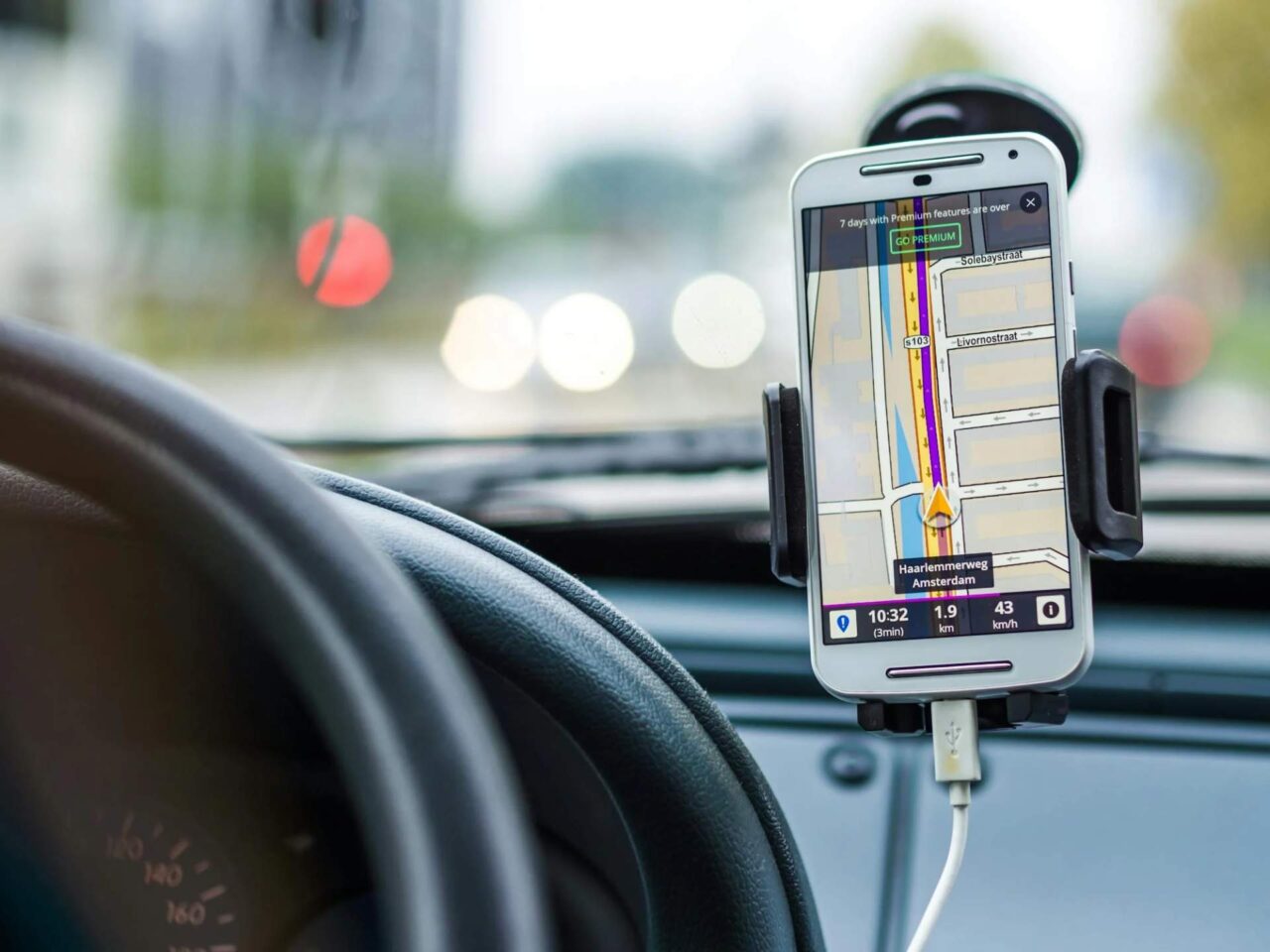
Despite their vital role in connecting communities and driving progress, roads sadly remain a major contributor to global deaths and injuries. Each year, preventable accidents claim countless lives and leave many others with permanent disabilities.
Acknowledging this pressing issue, innovators are continuously developing and implementing advanced technologies with the goal of making our roads safer for all users.
This article explores five innovative road safety technologies that are transforming how we approach traffic management and accident prevention.
Overview of Accidents on Roads
Road accidents remain a critical public health issue, causing significant loss of life and economic burdens worldwide. According to the World Health Organization (WHO), almost 1.19 million people die every year due to crashes on roads.
These accidents are the leading cause of death for children and young adults, highlighting the urgent need for enhanced road safety measures. Additionally, road traffic crashes impose substantial economic costs, consuming about 3% of most countries’ gross domestic product (GDP).
A recent incident in Colorado Springs underscores the dangers of reckless driving. According to KKTV, a multi-vehicle crash occurred on Highway 24 when an SUV driver failed to stop at a red light. The driver was cited for careless driving, while one of the victims is recovering.
This case highlights the devastating impact of road accidents and the importance of legal support for victims. Seeking help from a Colorado Springs personal injury attorney can be crucial in navigating the aftermath of the mentioned incident.
Springs Law Group highlights that a car accident lawyer plays a crucial role in securing fair compensation for victims by defending their legal rights. Addressing these accidents requires stronger traffic enforcement, improved road safety measures, and legal support for victims.
Life-Saving Tech on the Road
The following technologies are transforming road safety:
1. Satellite-Based Road Safety Technology
High-resolution satellite imagery can identify accident-prone areas and detect road hazards like landslides or floods, as highlighted by the World Economic Forum. This data empowers governments and traffic centers to issue timely warnings and optimize traffic flow, preventing accidents.
Furthermore, satellite-enabled navigation systems offer precise lane guidance and dynamic route adjustments, significantly reducing human error, a major contributor to accidents. Emergency response is also enhanced, as satellites accurately pinpoint accident locations, even in remote areas, ensuring quicker assistance reaches those in need.
2. Advanced Driver Assistance Systems (ADAS)
These systems provide drivers with immediate warnings and can automatically take action to avoid collisions. Key ADAS features include adaptive cruise control, automated emergency braking, lane-keeping assist, and automatic parking, all designed to minimize human errors.
According to Statista, the global ADAS industry generated nearly $58 billion in 2024. It is projected to more than double and surpass $125 billion by 2029. This rapid growth reflects the increasing adoption in both personal and commercial vehicles.
3. Crash Detection Technology
Crash detection systems have gained prominence with innovations like Apple’s Crash Detection software. These systems use sensors to identify crash types—front, side, rear, or rollover—and automatically alert emergency services with precise location data. This technology ensures swift medical assistance, even in areas without cell service.
According to CBC, in one instance, three individuals were rescued in Guysborough County after an iPhone crash notification was received. However, false alarms remain an issue, with some triggers including dropped phones and even baseball impacts.
Despite occasional inaccuracies, crash detection systems, also found in OnStar-equipped vehicles and Android-based solutions, continue to save lives.
4. Artificial Intelligence in Road Safety
Artificial intelligence is playing an increasingly critical role in preventing accidents through predictive analytics and real-time decision support. AI systems can process vast amounts of data from various sources to identify patterns and predict potential hazards before they occur.
Applications include:
- Driver monitoring systems: Detect fatigue, distraction, or impairment through facial recognition and behavioral analysis.
- Traffic flow optimization: Reduce congestion and accident risk through smart routing.
- Accident prediction: Analyze historical data to identify high-risk areas and times.
- AI-powered vehicle inspections: According to Forbes, AI is revolutionizing vehicle inspections, replacing labor-intensive and error-prone manual processes. AI-based systems can inspect vehicles in seconds with unmatched accuracy and precision.
The integration of AI with other safety technologies creates a multilayered approach to accident prevention. For instance, when combined with V2X communication, AI can help vehicles make split-second decisions that avoid collisions.
5. Intelligent Road Infrastructure
Smart infrastructure is transforming our roads into active participants in the safety ecosystem. These technologies leverage IoT sensors, AI, and connected systems to monitor conditions and respond to dangers in real-time.
Key innovations include:
- Smart traffic signals: Adjust timing based on traffic flow and pedestrian presence.
- Intelligent street lighting: Brightens when vehicles or pedestrians approach dark areas.
- Road weather information systems: Detect ice, standing water, or fog and alert drivers.
- Smart pedestrian crossings: Increase visibility and warning time for both drivers and pedestrians.
Cities implementing these technologies have reported significant reductions in intersection crashes and pedestrian accidents.
FAQs
What is the most common cause of road accidents?
Driver error, which includes speeding, distracted driving, and reckless behavior, is the leading cause of road accidents. Traffic safety reports consistently show that distracted driving, particularly texting or phone use, dramatically elevates the likelihood of crashes. Drunk driving, fatigue, and disregarding traffic signals or laws are also major contributing factors.
Can these technologies work in all weather conditions?
Weather resilience varies by technology. Camera-based systems may struggle in heavy fog or snow, while radar and lidar can function better in adverse conditions. Manufacturers are developing multi-sensor approaches that combine different technologies to ensure reliability across various weather conditions.
Will these technologies make drivers less attentive or skilled?
This is a legitimate concern that researchers are actively studying. While some drivers might become overly reliant on assistance systems, most evidence suggests that properly designed technologies enhance rather than replace human driving skills. The key is developing systems that keep drivers engaged and informed while providing critical safety assistance.
Innovative road safety technologies offer promising solutions to reduce fatalities and injuries on roads worldwide. However, widespread adoption requires collaboration between governments, industries, and communities to ensure equitable access to these life-saving innovations.
As we move closer to achieving targets like Vision Zero—eliminating road traffic-related deaths—advanced technologies are becoming increasingly essential. The integration of cutting-edge innovations will play a pivotal role in creating safer roads for everyone.











